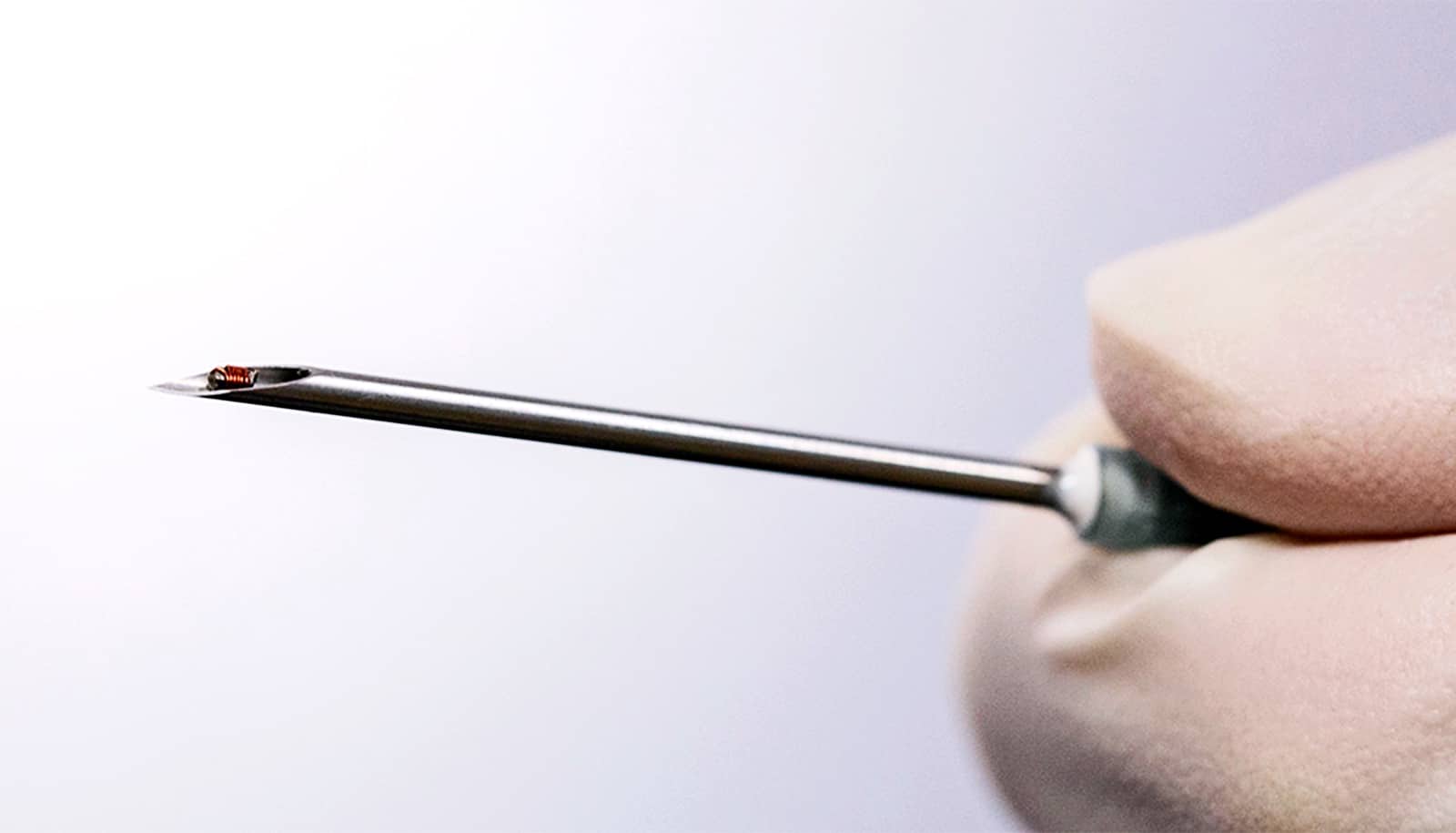A flexible device can harvest the heat energy from the human body to monitor health, researchers report.
The device surpasses all other flexible harvesters that use body heat as their sole energy source.
In a paper in Applied Energy, the researchers report significant enhancements to the flexible body heat harvester they first reported in 2017. The harvesters use heat energy from the human body to power wearable technologies—think of smart watches that measure your heart rate, blood oxygen, glucose, and other health parameters—that never need to have their batteries recharged. The technology relies on the same principles governing rigid thermoelectric harvesters that convert heat to electrical energy.
Flexible harvesters that conform to the human body are highly desired for use with wearable technologies. Superior skin contact with flexible devices, as well as the ergonomic and comfort considerations to the device wearer are the core reasons behind building flexible thermoelectric generators, or TEGs, says corresponding author Mehmet Ozturk, a professor of electrical and computer engineering at North Carolina State University.
The performance and efficiency of flexible harvesters, however, currently trail well behind rigid devices, which have been superior in their ability to convert body heat into usable energy.
“The flexible device reported in this paper is significantly better than other flexible devices reported to date and is approaching the efficiency of rigid devices, which is very encouraging,” Ozturk says.
The proof-of-concept TEG originally reported in 2017 employed semiconductor elements that were connected electrically in series using liquid-metal interconnects made of EGaIn—a nontoxic alloy of gallium and indium. EGaIn provided both metal-like electrical conductivity and stretchability. Researchers embedded the entire device in a stretchable silicone elastomer.
The upgraded device employs the same architecture but it significantly improves the thermal engineering of the previous version, while increasing the density of the semiconductor elements responsible for converting heat into electricity. One of the improvements is an improved silicone elastomer—essentially a type of rubber—that encapsulates the EGaIn interconnects.
“The key here is using a high thermal conductivity silicone elastomer doped with graphene flakes and EGaIn,” Ozturk says. The elastomer provides mechanical robustness against punctures while improving the device’s performance.
“Using this elastomer allowed us to boost the thermal conductivity—the rate of heat transfer—by six times, allowing improved lateral heat spreading,” he says.
Ozturk adds that one of the strengths of the technology is that it eliminates the need for device manufacturers to develop new flexible, thermoelectric materials because it incorporates the very same semiconductor elements used in rigid devices. Ozturk says future work will focus on further improving the efficiencies of these flexible devices.
The research group has a recent patent on the technology. Funding for the work came from the NC State’s National Science Foundation-funded Advanced Self-Powered Systems of Integrated Sensors and Technologies Center.
Source: NC State



